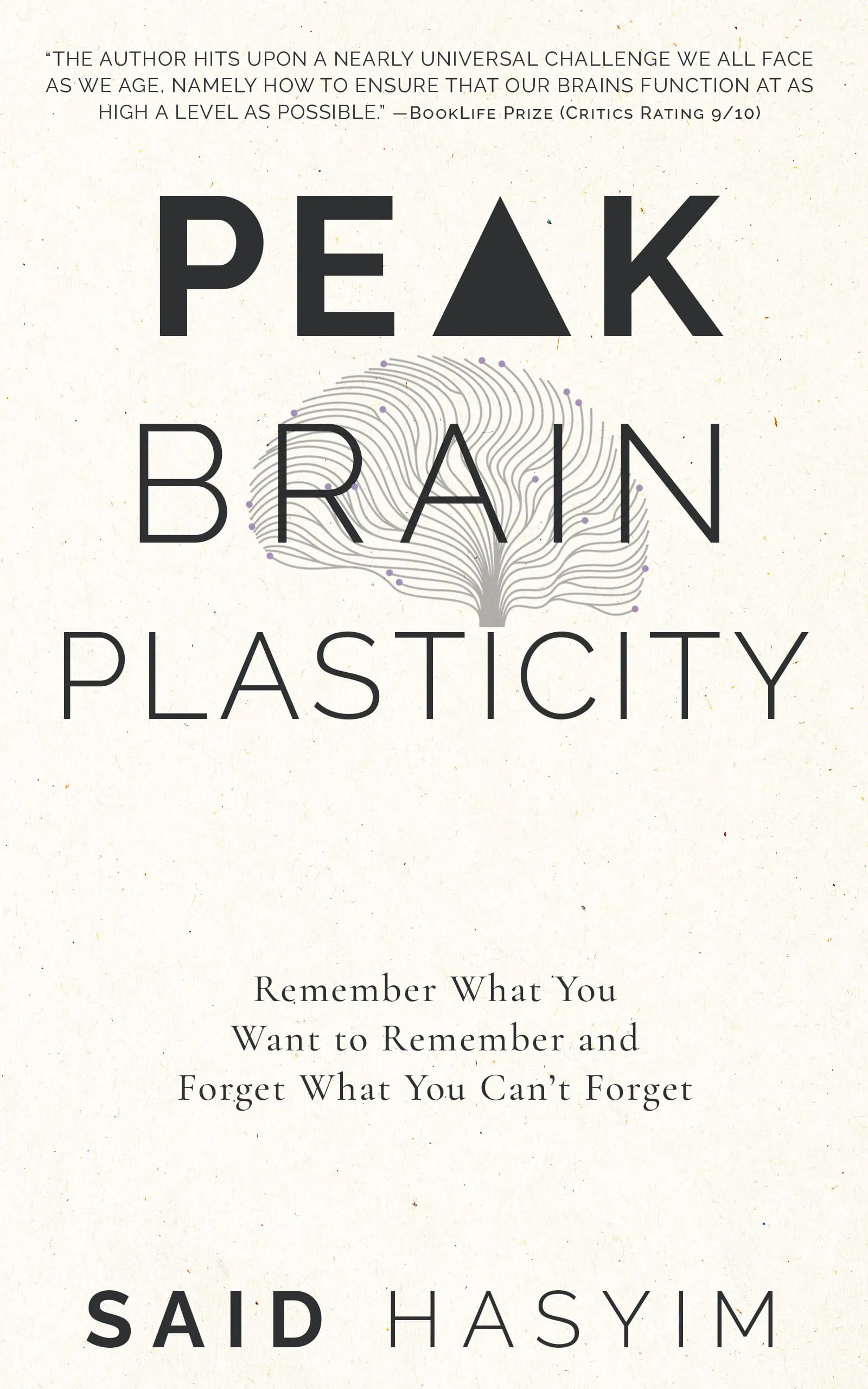Understanding Neuroplasticity for Better Learning
In recent years, the concept of neuroplasticity has gained significant attention within educational and psychological circles. Often described as the brain's ability to reorganize itself by forming new neural connections throughout life, neuroplasticity is not just a fascinating topic; it holds profound implications for how we learn, adapt, and grow.
What is Neuroplasticity?
Neuroplasticity is the brain's remarkable ability to change and adapt in response to various stimuli. This can occur at the cellular level (microplasticity) or involve larger areas of the brain (macroplasticity). It means that our experiences, environments, and even our thoughts can physically alter the wiring and connectivity of our brains.
Types of Neuroplasticity
Functional Plasticity: This type occurs when certain functions are transferred from damaged areas of the brain to undamaged areas. For example, if one part of the brain is injured, another part may take over the function previously performed by the injured area.
Structural Plasticity: This involves the brain's ability to physically change its structure in response to learning, experience, or environmental changes. This is often evident in the formation of new synaptic connections as we acquire new skills or knowledge.
The Science Behind Learning and Memory
At the core of learning is the brain's capacity to form and strengthen synapses, the connections between neurons. When we learn something new, our brain generates new synaptic connections. Moreover, the more we engage with these connections, the stronger they become — a concept known as "Hebbian plasticity," often summarized as "cells that fire together, wire together."
How Neuroplasticity Benefits Learning
Understanding neuroplasticity offers key insights that can enhance our learning processes:
Lifelong Learning: Neuroplasticity provides evidence that learning is not reserved for youth. Adults can learn new skills, languages, or subjects, and their brains are capable of adapting and changing accordingly. This understanding empowers individuals to pursue continuous learning.
Skill Acquisition: When learning new skills, consistent practice leads to structural changes in the brain. Musicians, for example, often have enhanced connectivity between areas responsible for music and motor skills, reflecting changes induced by their continuous practice.
Adaptation to Injuries: Understanding neuroplasticity is crucial for rehabilitation after brain injuries or strokes. Therapies often leverage the brain’s ability to reorganize itself, encouraging the development of new connections to compensate for lost functionalities.
The Role of Environment and Experience
The environment we engage with plays a critical role in shaping our brain's plasticity. Enriched environments—those filled with opportunities for social interaction, cognitive challenge, and novelty—promote brain development. This principle suggests that the more diverse our experiences, the more robust the neural pathways we create.
Conversely, impoverished environments may hinder cognitive development. Recognizing the importance of a stimulating environment—especially for children—is crucial for promoting optimal brain development and learning.
Strategies for Enhancing Learning through Neuroplasticity
Given the brain's capability for neuroplastic change, there are various strategies we can adopt to enhance our learning abilities. Here are some actionable steps:
1. Embrace a Growth Mindset
Cultivating a growth mindset—the belief that abilities and intelligence can be developed—encourages resilience and persistence. When learners understand that effort leads to improvement and that challenges are surmountable, they become more motivated to engage in learning.
2. Engage in Deliberate Practice
Deliberate practice, characterized by focused effort and the pursuit of specific goals, fosters effective learning. This type of practice involves pushing oneself just beyond current skill levels and seeking feedback, which builds a more profound understanding and skill mastery.
3. Diversify Learning Methods
Engaging with material through multiple modalities—such as visual, auditory, and kinesthetic—can enhance understanding and retention. This multi-faceted approach to learning stimulates different areas of the brain, fostering greater neural connectivity.
4. Stay Socially Active
Social interactions can significantly boost brain health and neuroplasticity. Engaging in conversations, collaborating with peers, or participating in group activities can create new neural connections and enhance cognitive processing.
5. Prioritize Sleep and Nutrition
Sleep is crucial for memory consolidation, allowing the brain to reinforce the synapses created during the day. Likewise, a balanced diet rich in nutrients supports optimal brain function, laying the groundwork for effective learning.
6. Mindfulness and Stress Reduction
Practicing mindfulness and reducing stress can lead to improved cognitive functions. Stress negatively impacts neuroplasticity, whereas mindfulness practices can enhance focus, attention, and emotional regulation, enabling better learning outcomes.
Conclusion
Understanding neuroplasticity equips us with valuable insights into how our brains work and how we can optimize our learning processes. By recognizing that the brain is not a static organ but a dynamic, adaptable system, we can adopt strategies that foster resilience, creativity, and lifelong learning.
As we continue to explore the depths of neuroplasticity, let us remain open to the endless possibilities it presents. Whether you're a student, educator, or lifelong learner, embracing the power of neuroplasticity can lead to enhanced learning experiences and intellectual growth. Remember, your brain has the remarkable ability to adapt, change, and grow—so seize the opportunity to learn and thrive!
Harness the Power of Neuroplasticity
Discover Peak Brain Plasticity, a practical book to harnessing neuroplasticity. Enhance your memory, learn new languages quickly, and alleviate anxiety with effective study methods. Uncover daily habits that impact cognitive health and explore techniques for accelerated learning and memory retention. Unlock your brain's potential for growth and transformation.
